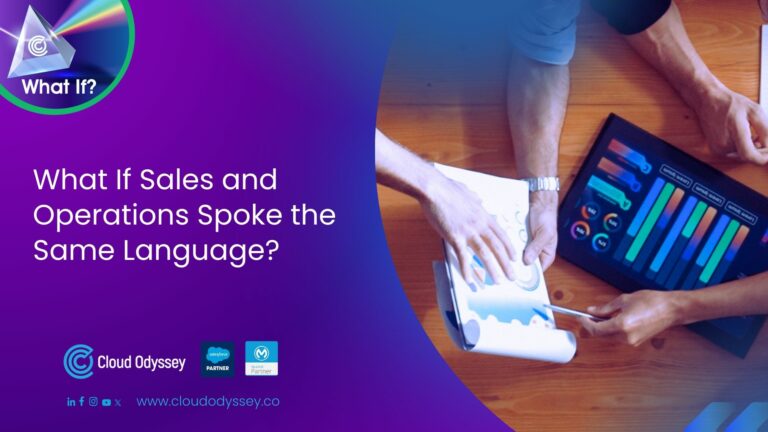In today’s digital age, customers expect a personalized experience. Generic website content is no longer enough. Businesses that leverage website personalization see significant benefits, from increased engagement and conversion rates to improved customer satisfaction. Let’s delve into the world of content personalization and explore how you can tailor your website content based on customer groups, locations, and individual preferences.
Personalization by Customer Group
- Fitness Enthusiasts: Imagine a website selling athletic wear. A visitor who identifies as a fitness enthusiast might see blog posts about high-intensity interval training (HIIT) workouts, alongside product recommendations for moisture-wicking fabrics and supportive running shoes.
- New Parents: A website selling baby products could personalize content for new parents. A visitor who recently purchased a crib might see content related to nursery design tips, alongside recommendations for baby monitors and organic cotton swaddles.
Personalization by Location
- Local Events: A restaurant chain can personalize its website based on a visitor’s location. For example, a visitor in Chicago might see a banner advertising a special menu for the upcoming Cubs game, while a visitor in Los Angeles might see a promotion for outdoor patio dining.
- Weather-Based Recommendations: An online clothing retailer can personalize product recommendations based on a visitor’s location and current weather. A visitor browsing the website from a snowy climate might see a curated selection of winter jackets and snow boots.
Personalization by Individual Preferences
- Past Purchases: An e-commerce website can personalize product recommendations based on a customer’s past purchases. A visitor who recently bought a camera lens might see recommendations for camera bags or tripods.
- Browsing Behavior: By tracking website behavior, you can personalize content based on what a visitor seems interested in. A visitor who spends time browsing a specific product category might see blog posts or videos related to those products.
Beyond the Examples: Personalization Techniques
These are just a few examples of website content personalization. Here are some techniques to achieve it:
- Customer Segmentation: Group customers based on demographics, interests, or purchase history to tailor content accordingly.
- Dynamic Content: Use website personalization tools to display content that changes based on visitor data.
- Targeted Calls to Action: Personalize the call-to-action buttons on your website based on the visitor’s profile.
The Benefits of Personalized Content
By personalizing your website content, you can unlock a multitude of benefits:
- Increased Engagement: Customers are more likely to stay engaged with website content that resonates with their interests.
- Improved Conversion Rates: Personalized product recommendations lead to a higher chance of customers converting from browsing to buying.
- Enhanced Customer Satisfaction: A personalized experience fosters customer satisfaction and loyalty.
- Data-Driven Decision Making: Personalization allows you to gather valuable customer data to inform future marketing and content strategies.
Personalization: The Key to Customer Centricity
In today’s competitive online landscape, personalization is no longer a luxury, it’s a necessity. By tailoring your website content to individual customer groups, locations, and preferences, you create a customer-centric experience that fosters engagement, drives conversions, and propels your business toward success.










